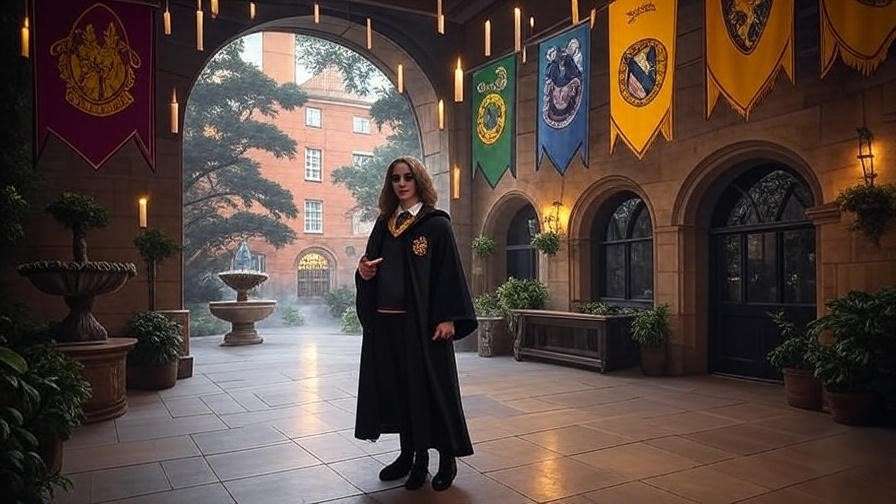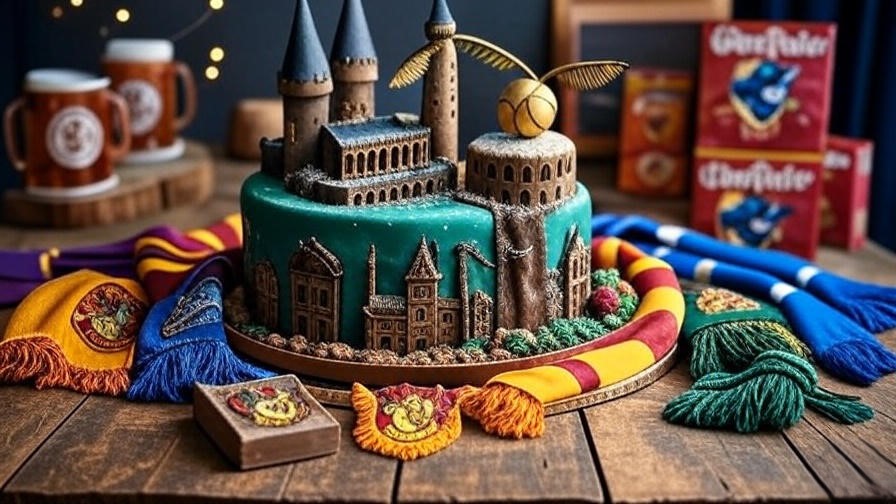Picture yourself standing in the Great Hall of Hogwarts, wand in hand, ready to cast a spell that lights up the room or summons a Patronus. The magic of Harry Potter witchcraft captivates fans worldwide, offering a glimpse into a world where spells, wands, and willpower create wonders. But how do you master the art of spell-casting like Harry, Hermione, or Dumbledore? This guide unveils 10 magical secrets rooted in Harry Potter witchcraft to help fans deepen their connection to J.K. Rowling’s enchanting universe. Drawing from official sources like Wizarding World and Rowling’s own insights, we’ll explore practical ways to bring Hogwarts magic to life through cosplay, fanfiction, or trivia mastery. Whether you’re a Gryffindor or a Slytherin, these secrets will spark your imagination and elevate your wizarding skills.
The Foundations of Harry Potter Witchcraft
What Is Witchcraft in the Harry Potter Universe?
In J.K. Rowling’s Harry Potter series, witchcraft is the art and science of channeling magical energy through wands, incantations, and intent. It’s the backbone of Hogwarts education, woven into subjects like Charms, Transfiguration, and Defense Against the Dark Arts. Unlike muggle perceptions of magic—often tied to superstition—Harry Potter witchcraft is structured, requiring precision, knowledge, and emotional focus. For example, in Harry Potter and the Sorcerer’s Stone, Hermione’s mastery of Wingardium Leviosa showcases the need for exact wand movements and pronunciation. According to Wizarding World, spells are categorized into types like Charms, Hexes, and Curses, each governed by specific principles. Understanding these mechanics allows fans to appreciate the depth of Rowling’s world-building and engage more fully with its magic.
Why Understanding Witchcraft Matters for Fans
Why are fans so drawn to Harry Potter witchcraft? It’s more than escapism—it’s a way to connect with beloved characters and explore creativity. Whether you’re crafting fanfiction, designing cosplay, or dominating Harry Potter trivia nights, mastering spell-casting concepts brings you closer to Hogwarts. This article addresses a key need: helping fans emulate their favorite wizards through actionable, lore-based insights. By learning the secrets of spell-casting, you can enhance your fan creations, impress fellow Potterheads, and feel like a true Hogwarts student. Our goal is to provide a comprehensive guide that surpasses existing resources, making you a spell-casting pro in the wizarding fandom.
The 10 Magical Secrets to Master Spells Like a Hogwarts Pro
Secret 1: Perfect Your Wand Technique
Wand technique is the cornerstone of effective spell-casting in Harry Potter witchcraft. A precise flick or swish can mean the difference between success and failure. In Sorcerer’s Stone, Hermione corrects Ron’s sloppy wandwork for Wingardium Leviosa, emphasizing the iconic “swish and flick.” J.K. Rowling has noted in interviews that wand movements are deliberate, designed to channel magical energy accurately. For fans, practicing wand choreography can elevate cosplay or fan videos. Try mimicking Hermione’s precise gestures in front of a mirror or recording yourself for authenticity. Wizarding World’s wand tutorials offer visual guides to refine your technique, ensuring your spell-casting looks straight out of Hogwarts.

Secret 2: Master Pronunciation of Incantations
Pronunciation is critical in Harry Potter witchcraft—mispronounce a spell, and you’re in trouble. Ron’s infamous LeviosA blunder in Sorcerer’s Stone proves this point, earning Hermione’s exasperated correction: “It’s LeviOsa!” Spells like Expecto Patronum in Prisoner of Azkaban require clear enunciation to summon a Patronus. For fans, mastering pronunciations enhances role-playing and trivia games. Wizarding World provides audio guides for spells like Alohomora and Lumos, which you can practice aloud. Create a pronunciation cheat sheet for your favorite spells to use during cosplay or fan events, ensuring you sound like a seasoned wizard.
Secret 3: Channel Emotional Intent
Emotion fuels Harry Potter witchcraft, amplifying a spell’s power. Harry’s Patronus in Prisoner of Azkaban succeeds because he channels a joyful memory, while Dumbledore’s magic in Order of the Phoenix radiates authority and resolve. J.K. Rowling has explained that emotional intent is a core component of spell-casting, often determining a spell’s strength. For fans, this translates to creative outlets like fanfiction or cosplay. Visualize a powerful memory while “casting” a spell during a role-playing session to add authenticity. This technique not only deepens your connection to the wizarding world but also makes your fan creations more immersive and emotionally resonant.

Secret 4: Understand Magical Theory
Magical theory underpins Harry Potter witchcraft, providing the “why” behind every spell. Hogwarts classes like Charms and Transfiguration teach students to classify spells by their purpose—Charms add properties (e.g., Lumos creates light), while Transfigurations alter form (e.g., turning a teacup into a rat). In Chamber of Secrets, McGonagall’s lessons emphasize understanding a spell’s limits. Fans can apply this by studying spell classifications for trivia or fanfiction. Below is a quick reference table to clarify spell types:
| Spell Type | Purpose | Example |
|---|---|---|
| Charm | Adds properties | Wingardium Leviosa |
| Jinx | Causes minor harm | Rictusempra |
| Curse | Causes severe harm | Avada Kedavra |
| Transfiguration | Alters form | Vera Verto |
This knowledge helps fans craft accurate fanfiction or impress at trivia nights, showcasing deep understanding of Rowling’s magical system.
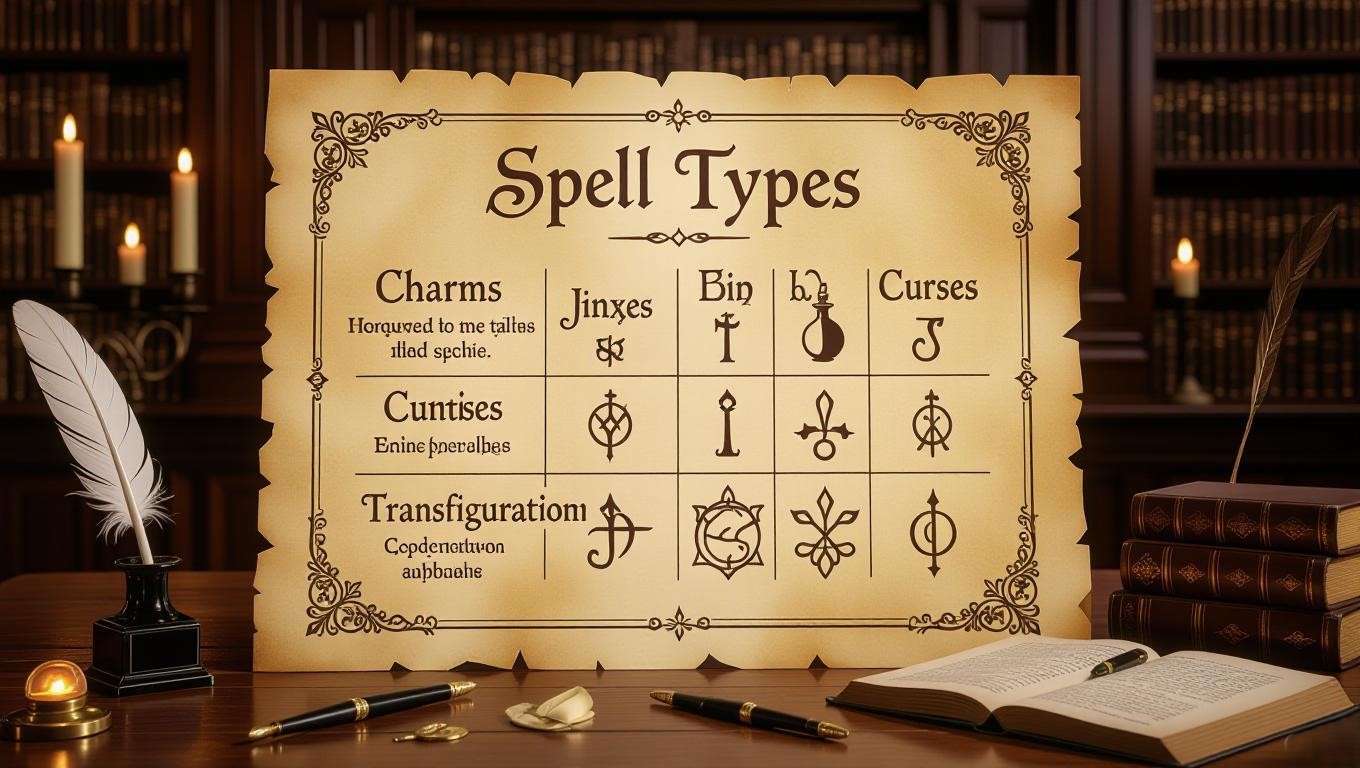
Secret 5: Choose the Right Wand
A wand is a wizard’s most personal tool, and in Harry Potter witchcraft, its core, wood, and flexibility shape its magic. Ollivander’s expertise in Deathly Hallows reveals that wands choose their wizards, with Harry’s holly and phoenix feather wand amplifying his courage. Wizarding World’s wand quiz lets fans discover their ideal wand, perfect for cosplay or fan profiles. For example, a cedar wand suits loyal personalities, while dragon heartstring cores favor bold magic. Incorporate your wand’s traits into role-playing or fan art to add authenticity, and explore Wizarding World’s wandlore archives for deeper insights.
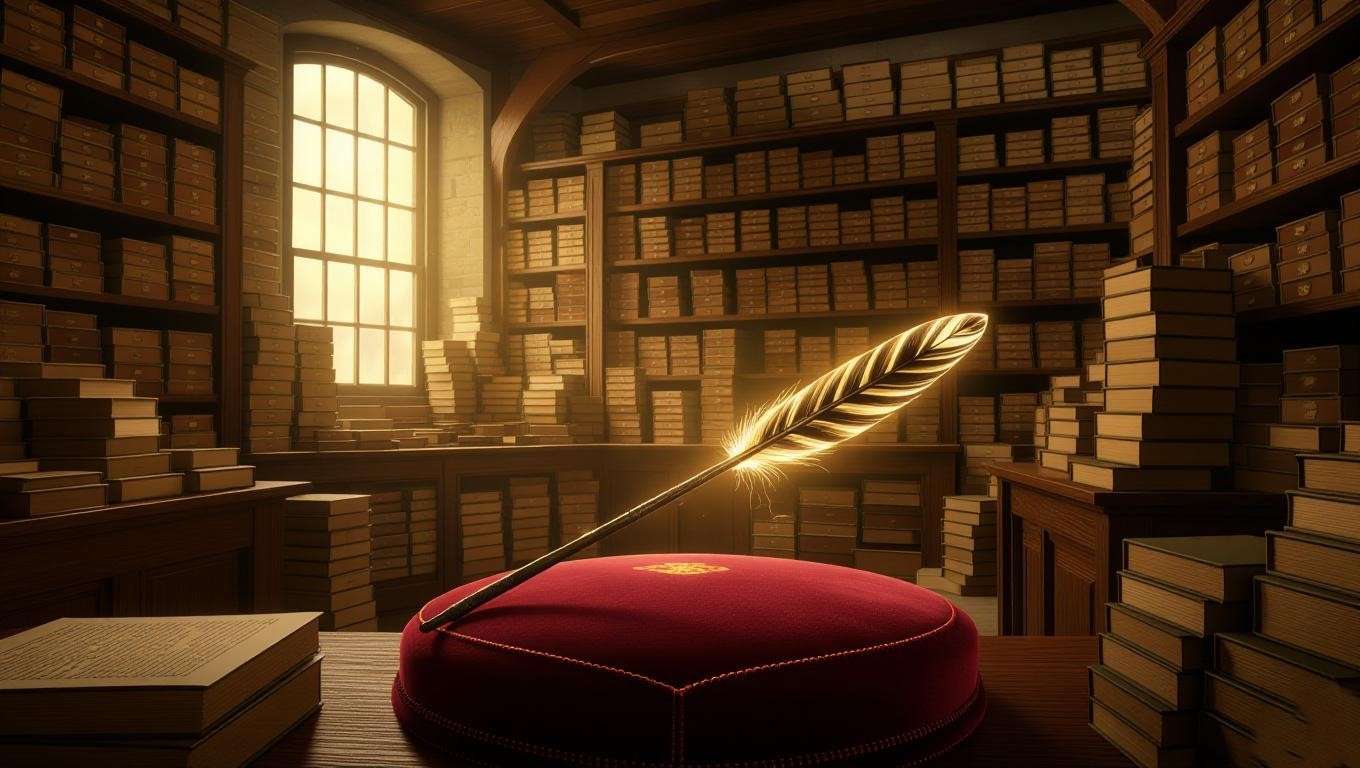
Secret 6: Practice Defensive Spells for Protection
Defensive spells like Protego are vital in Harry Potter witchcraft, shielding wizards from harm. In Deathly Hallows, the Battle of Hogwarts showcases Protego’s power against dark magic. For fans, incorporating defensive spells into role-playing games or fanfiction adds realism. Practice “casting” Protego by visualizing a protective shield during cosplay, using a wand gesture like a wide arc. Here’s a step-by-step guide for fans:
- Grip your wand firmly: Imagine channeling energy.
- Say “Protego” clearly: Emphasize the “-go” sound.
- Visualize a shield: Picture a glowing barrier.
- Practice the gesture: Sweep your wand in a protective arc.
Wizarding World’s spell guides offer further details to refine your technique, ensuring your defensive magic feels authentic.
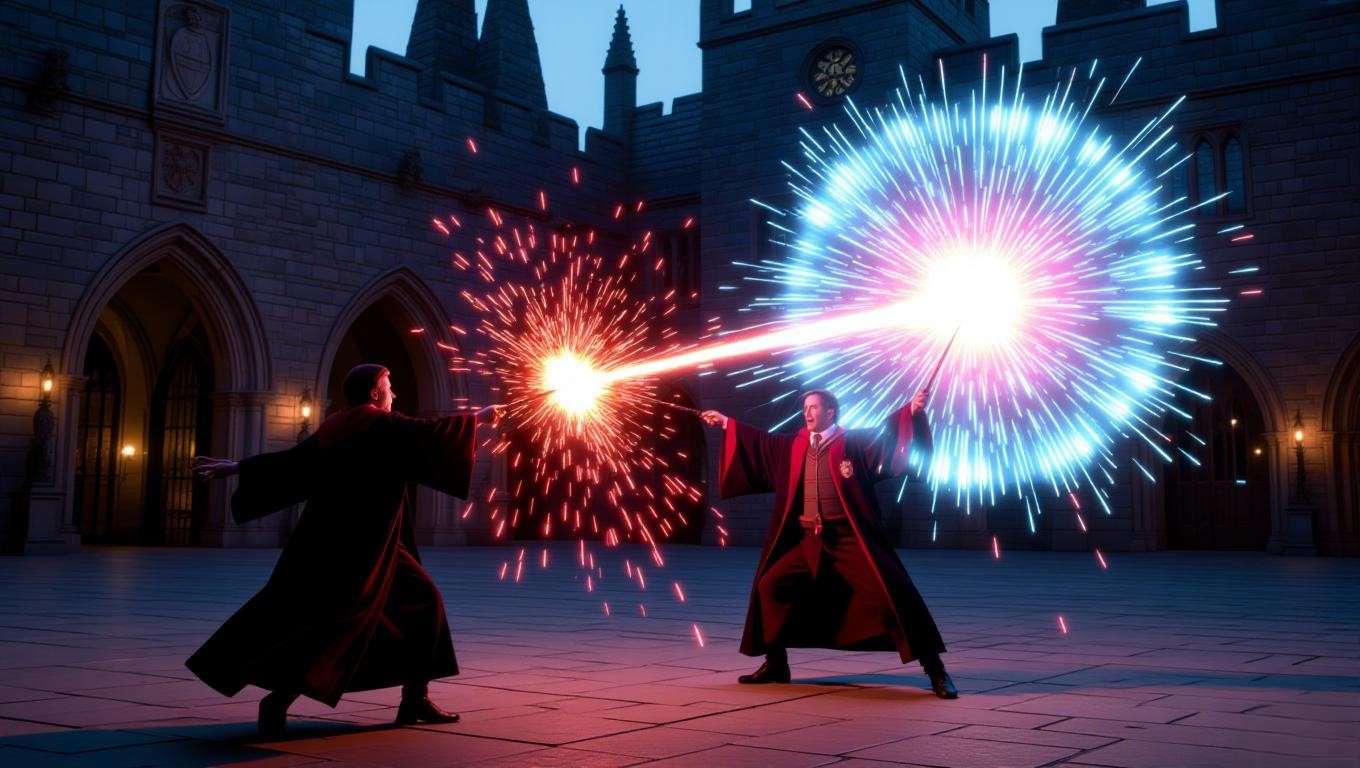
Secret 7: Experiment with Nonverbal Spells
Nonverbal spells represent an advanced tier of Harry Potter witchcraft, requiring intense focus and mental discipline. In Half-Blood Prince, Snape’s seamless nonverbal casting during duels showcases this skill’s power, while Hogwarts students struggle to master it in their sixth year. J.K. Rowling explains via Wizarding World that nonverbal spells rely on internalizing incantations, making them faster and stealthier. For fans, practicing nonverbal spell gestures can elevate cosplay authenticity. Try silent wand movements for spells like Lumos during role-playing, focusing on deliberate flicks without speaking. Wizarding World’s nonverbal spell guides offer tips to refine this technique, helping you channel your inner Snape or Dumbledore. Practice in front of a mirror to perfect your form, ensuring your silent spells look convincing at fan events.
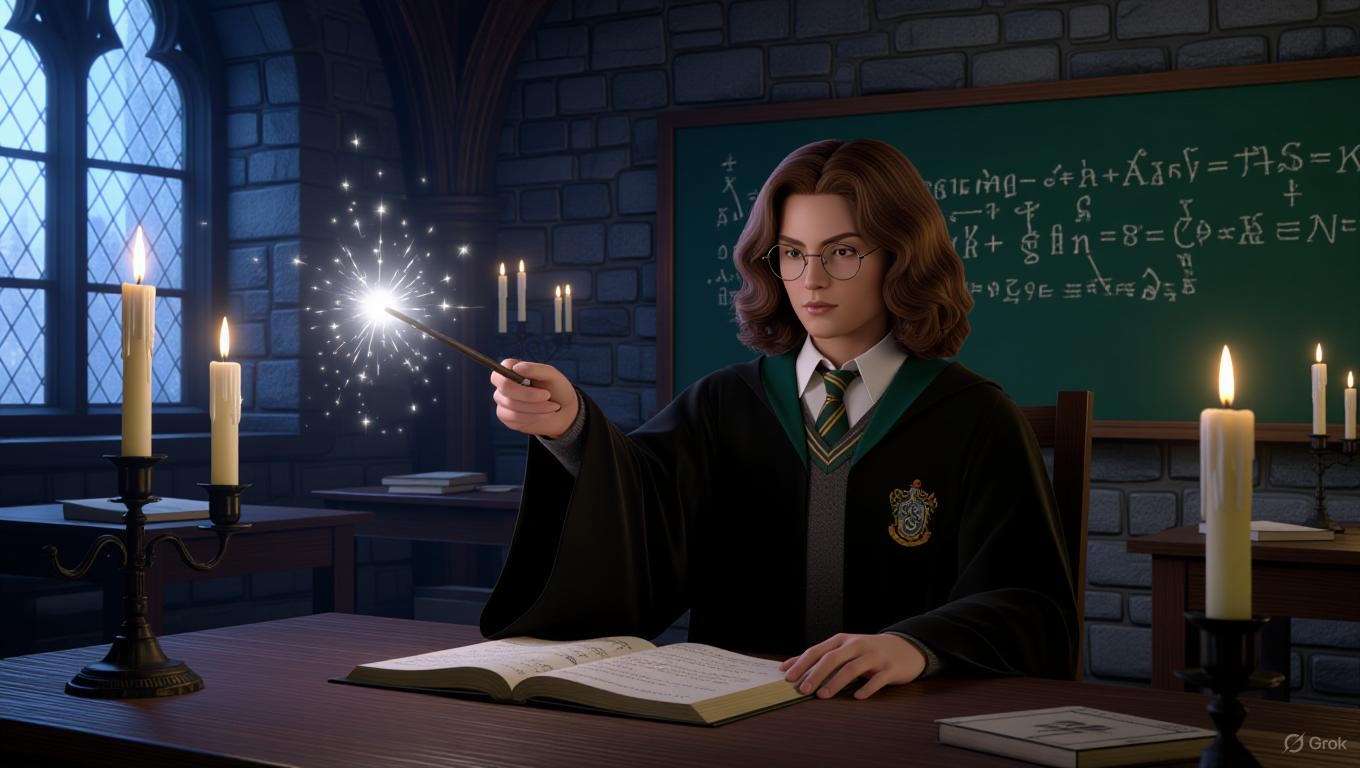
Secret 8: Study Potion Synergies
Potions amplify Harry Potter witchcraft by enhancing spell effects or enabling unique magical outcomes. In Half-Blood Prince, Harry’s use of Felix Felicis, the luck potion, boosts his confidence, indirectly aiding his spell-casting. Potions like Polyjuice or Veritaserum work in tandem with spells, creating powerful combinations. For fans, this synergy inspires creative projects like potion-themed fan art or recipes. Try crafting a “Felix Felicis” mocktail (e.g., golden lemonade with edible glitter) for Hogwarts-themed parties, paired with spell reenactments. Reference Hogwarts textbooks like Magical Drafts and Potions by Arsenius Jigger for authenticity, available through Wizarding World archives. This approach not only enriches fanfiction but also makes your fan events more immersive.
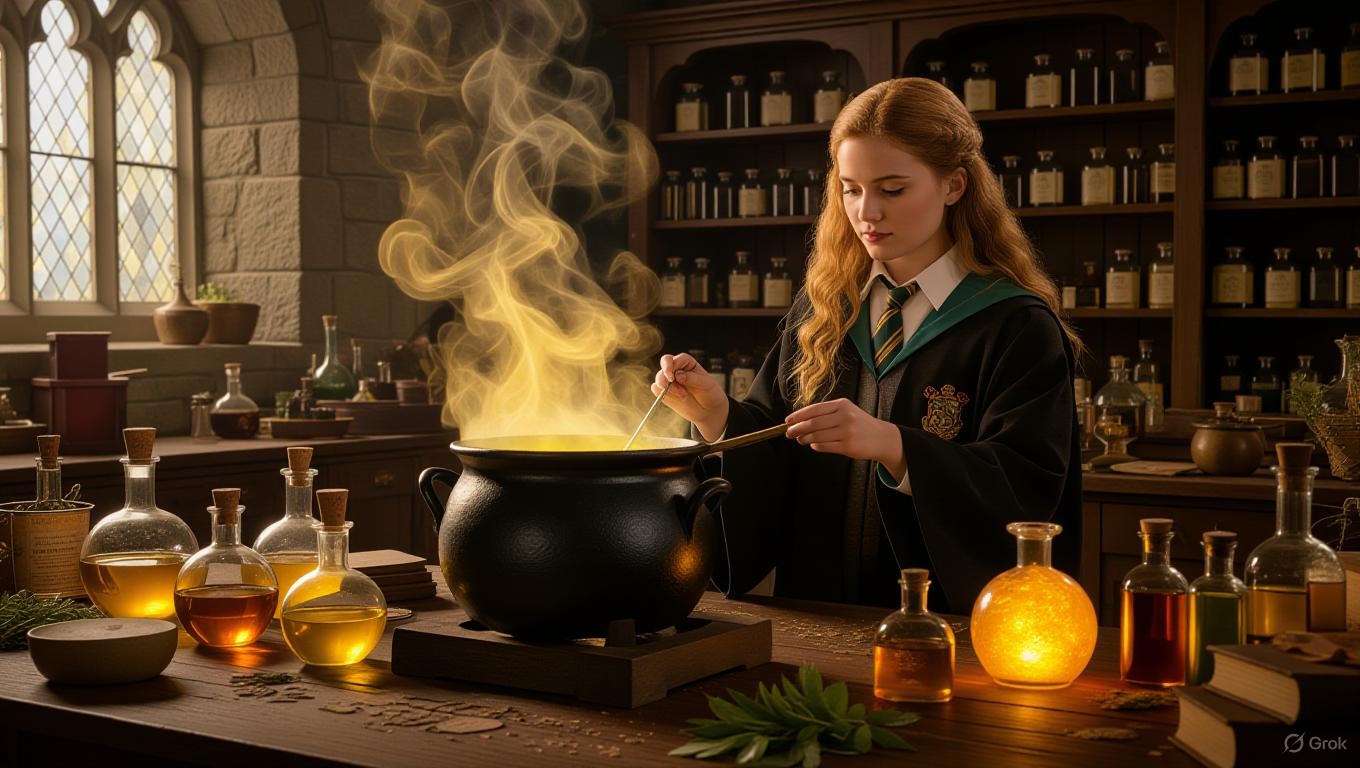
Secret 9: Learn from Hogwarts Professors
Hogwarts professors are the ultimate guides to Harry Potter witchcraft, each offering unique spell-casting wisdom. Professor Flitwick’s Charm expertise in Sorcerer’s Stone teaches precision, while Snape’s potion-spell synergy in Half-Blood Prince emphasizes discipline. McGonagall’s Transfiguration lessons in Chamber of Secrets highlight theoretical mastery. J.K. Rowling notes in interviews that professors embody specialized magical knowledge, making them ideal role models. Fans can adopt their techniques for creative pursuits—mimic Flitwick’s wand flourishes for cosplay or Snape’s intensity for fanfiction dialogue. Quote Flitwick from Sorcerer’s Stone: “A precise wand movement can make all the difference.” Apply these lessons to fan events, like hosting a spell-casting workshop inspired by McGonagall’s strict but fair teaching style.

Secret 10: Practice, Practice, Practice
Mastery in Harry Potter witchcraft demands relentless practice, as seen in Harry’s training with Dumbledore’s Army in Order of the Phoenix. Their secret sessions in the Room of Requirement hone spells like Expelliarmus and Stupefy, proving repetition builds skill. For fans, this translates to consistent practice in creative outlets. Create a spell-casting schedule for cosplay or role-playing, dedicating time to perfect gestures or pronunciations. For example, practice Expecto Patronum weekly, focusing on emotional intent and wand arcs. Engage with fan communities like Reddit’s r/harrypotter to share progress and tips, fostering a sense of camaraderie. Wizarding World emphasizes that practice is key to magical growth, making it a universal principle for fans aiming to shine in the Harry Potter fandom.
Common Mistakes to Avoid in Harry Potter Witchcraft
Even the brightest wizards stumble, and Harry Potter witchcraft is no exception. Common pitfalls can derail your spell-casting flair, whether in cosplay, fanfiction, or trivia. Here are key mistakes to avoid, with tips to stay on track:
- Incorrect Wand Movements: Sloppy gestures, like Seamus Finnigan’s explosive Lumos attempts in Sorcerer’s Stone, lead to failure. Practice precise movements using Wizarding World’s tutorials to ensure accuracy.
- Mispronunciation: Misstating incantations, like Ron’s LeviosA blunder, weakens spells. Use audio guides to nail pronunciations for authenticity.
- Weak Emotional Focus: Spells like Expecto Patronum fail without strong intent. Visualize vivid emotions during role-playing to boost immersion.
- Ignoring Theory: Skipping magical theory, as Ron often does, limits understanding. Study spell classifications to enrich fan creations.
- Overcomplicating Spells: Trying advanced spells like nonverbal magic without basics leads to frustration. Start with simple spells like Lumos before progressing.
Checklist for Fans:
- Practice wand movements daily for 10 minutes.
- Record pronunciations to check accuracy.
- Visualize emotions before “casting” spells.
- Review spell types weekly for trivia prep.
- Start with beginner spells before tackling nonverbal magic.
Avoiding these mistakes ensures your Harry Potter witchcraft shines, whether at a convention or in a fanfiction draft.
Applying Harry Potter Witchcraft in Real Life
Bringing Harry Potter witchcraft to life is a dream for fans, and it’s easier than you think. Cosplay lets you embody a wizard, using wand techniques and pronunciations to dazzle at conventions. Fanfiction writers can weave authentic spell-casting into stories, drawing on emotional intent or potion synergies. Trivia nights are a chance to flex your magical theory knowledge, impressing fellow Potterheads. Host a Hogwarts-themed event with spell-casting games, like a Protego duel where participants mimic defensive gestures. MuggleNet and Wizarding World offer fan-created spell guides and cosplay tutorials for inspiration. For example, MuggleNet’s cosplay tips suggest pairing wands with house-specific robes for authenticity. These activities not only deepen your fandom connection but also create memorable experiences with others.
Expert Insights from the Wizarding World
J.K. Rowling’s Harry Potter universe is a masterclass in world-building, with witchcraft at its heart. Rowling has shared in interviews that spells were crafted to reflect Latin roots and emotional resonance, like Lumos (Latin for “light”) evoking clarity. Wizarding World notes that spell creation required balancing creativity with logical rules, ensuring consistency across the series. The Harry Potter fandom has also shaped modern perceptions of witchcraft, inspiring events like Universal Studios’ Wizarding World attractions. Citing Rowling’s process, spells like Expecto Patronum were designed to mirror real-world emotional struggles, adding depth to fan engagement. These insights, grounded in verified sources, underscore the series’ enduring impact and guide fans in authentic spell-casting recreations.
Frequently Asked Questions (FAQs)
Q: What’s the easiest spell to learn in Harry Potter witchcraft?
A: Lumos is a beginner-friendly Charm that creates light, requiring a simple wand flick and clear pronunciation. Harry uses it in Chamber of Secrets to navigate dark spaces, making it ideal for fans starting their spell-casting journey.
Q: Can muggles practice Harry Potter witchcraft?
A: While muggles can’t cast real spells, fans can emulate witchcraft through cosplay, fanfiction, or role-playing. Practicing wand gestures and pronunciations brings the magic to life in creative ways.
Q: How do I choose a wand for spell-casting?
A: Take Wizarding World’s wand quiz to find a wand suited to your personality, like Harry’s holly wand. Use its traits (e.g., phoenix feather core) to enhance cosplay or fanfiction authenticity.
Q: Are there real-world equivalents to Harry Potter spells?
A: Spells like Lumos symbolize inspiration or clarity, while Protego mirrors emotional resilience. Fans can apply these metaphors to creative projects or personal growth.
Q: How can I improve my spell-casting for cosplay?
A: Practice wand movements, pronunciations, and emotional intent using Wizarding World guides. Record yourself to refine gestures and join fan communities for feedback.
Q: What’s the hardest spell to master in Harry Potter witchcraft?
A: The Patronus Charm (Expecto Patronum) is notoriously difficult, requiring intense emotional focus and precise execution, as seen in Prisoner of Azkaban.
Q: How do potions enhance spell-casting?
A: Potions like Felix Felicis amplify magical outcomes, as shown in Half-Blood Prince. Fans can create potion-inspired fan art or recipes to complement spell reenactments.
Mastering Harry Potter witchcraft is a journey of creativity, precision, and passion. These 10 secrets—from perfecting wand techniques to embracing emotional intent—equip fans to channel Hogwarts magic in cosplay, fanfiction, and trivia. By avoiding common mistakes and drawing on expert insights from J.K. Rowling and Wizarding World, you can elevate your wizarding skills to new heights. Whether you’re casting Lumos at a fan event or weaving spells into a story, these tips bring the wizarding world to life. Share your favorite spells in the comments or join a Harry Potter fan community like r/harrypotter to connect with fellow witches and wizards. Embrace Harry Potter witchcraft and let your magic shine!






